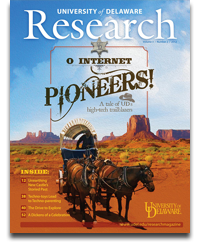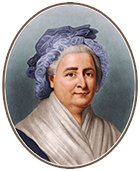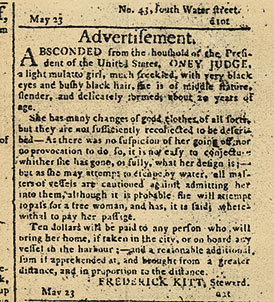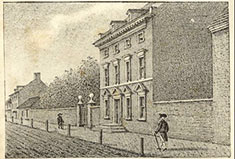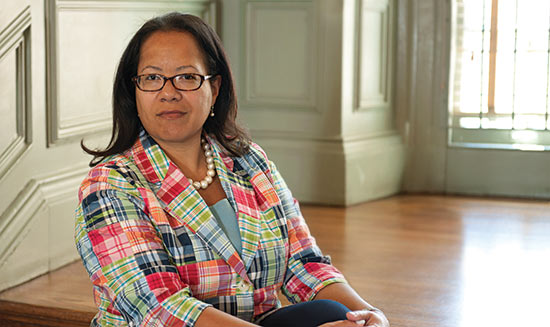 Erica Armstrong Dunbar is an associate professor of history at the University of Delaware.
Erica Armstrong Dunbar is an associate professor of history at the University of Delaware.
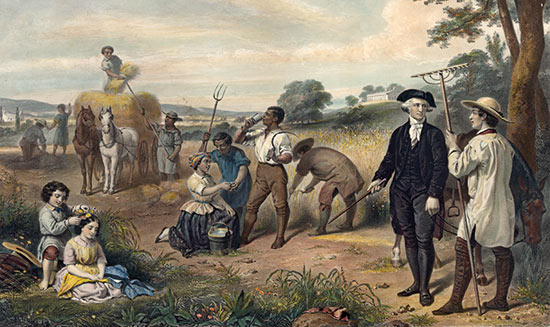 Illustration of George Washington with his wife, Martha, and her grandchildren George Washington Parke Custis and Nelly Custis, whom the couple raised. At right, a slave is shown entering the room. Courtesy Library of Congress
Illustration of George Washington with his wife, Martha, and her grandchildren George Washington Parke Custis and Nelly Custis, whom the couple raised. At right, a slave is shown entering the room. Courtesy Library of Congress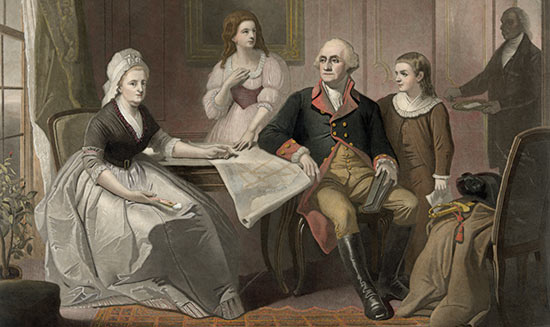 The Washingtons had more than 300 slaves. George’s were freed upon his death, as specified in his will. Martha’s “dower slaves” were inherited by her grandchildren. Courtesy Library of Congress
The Washingtons had more than 300 slaves. George’s were freed upon his death, as specified in his will. Martha’s “dower slaves” were inherited by her grandchildren. Courtesy Library of Congress




